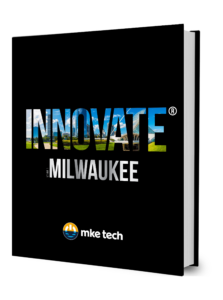Just minutes from downtown Milwaukee, the University of Wisconsin-Milwaukee (UWM) is one of the top research universities in the nation, and one of only two top-rated research universities in the state. Serving as a bridge between academia and industry, UWM does more than just ensure that all students have equitable access to earn their degree — it partners with thousands of businesses and nonprofits to fuel Wisconsin’s economy and better our world.
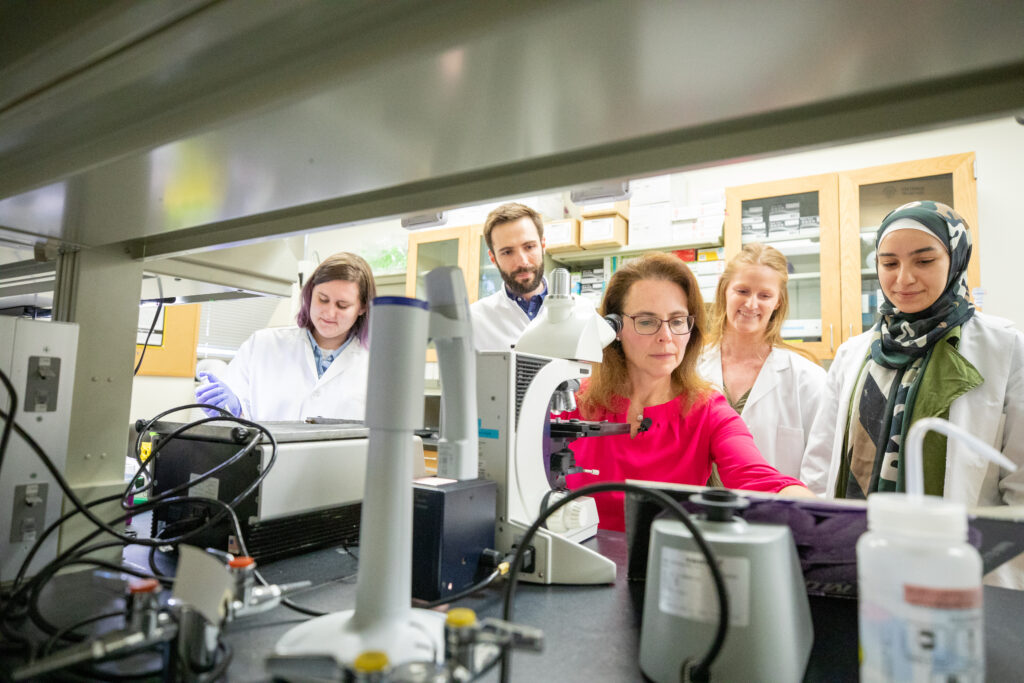
Here are just a few of the ways that UWM is cultivating new knowledge — and inspiring new technology — through discovery and innovation.
Groundbreaking Research into Memory
Since first watching mice scurry through mazes, neuroscientist and UWM professor of psychology Karyn Frick has been fascinated by the role of estrogens in regulating brain function. Through her Neuroendocrinology of Memory Lab, that fascination has driven Frick to explore how estrogens enhance memory formation, and how the drop in estrogens during menopause can trigger memory loss.
Scientists have long known that estrogens can act as shields against memory deficits in women, and their loss in middle age doubles women’s risks of memory dysfunction and Alzheimer’s disease. So, in 2018, Frick co-founded the company Estrigenix Therapeutics, Inc. to develop estrogen-boosting drugs for menopausal women that sidestep the harmful side effects of other hormone therapies.
Her work aims to unravel the brain mechanisms behind memory formation and harness those insights to develop treatments for age-related memory loss and dementia.
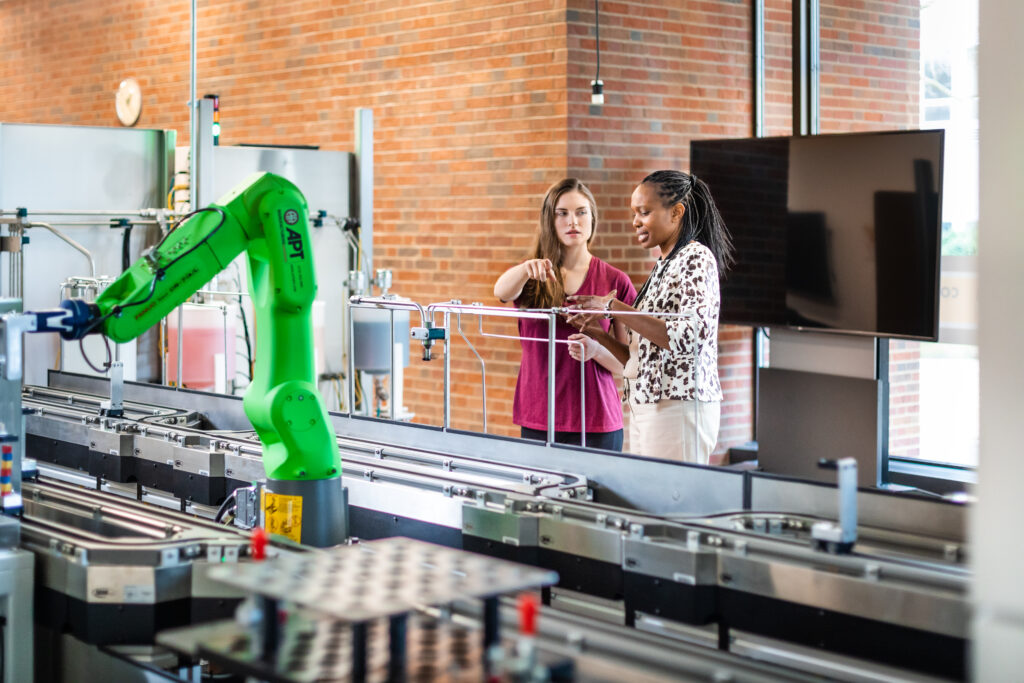
The Next Generation of Advanced Manufacturing
UWM has a rich history when it comes to emerging technology; only eight years after earning his master’s degree at one of UWM’s predecessor institutions in 1950, microchip co-inventor Jack Kilby helped birth the era of modern computing. Eighty years later, UWM’s Connected Systems Institute (CSI) is ushering in a new era of manufacturing. The institute connects industry partners with UWM researchers to develop advanced manufacturing processes that use artificial intelligence (AI), automated robotics and more.
The 11,000-square-foot institute was developed alongside industry partners, including Rockwell Automation, Fortinet and Microsoft — and is already helping revolutionize the manufacturing sector. For example, in early 2024, CSI created an AI chatbot that helps manufacturers train their workforce and efficiently maintain manufacturing operations.
As part of a $3.3 billion investment from Microsoft in southeast Wisconsin, it was recently announced that CSI will house the country’s first manufacturing-focused AI Co-Innovation Lab. By connecting Wisconsin manufacturers with Microsoft’s AI experts, the lab will design and prototype AI and cloud solutions for CSI clients. It’s expected to serve 270 Wisconsin businesses by 2030.
Thank you to MKE Tech for making this book possible, they are the voice and champion of Innovate® Milwaukee that unifies the community!

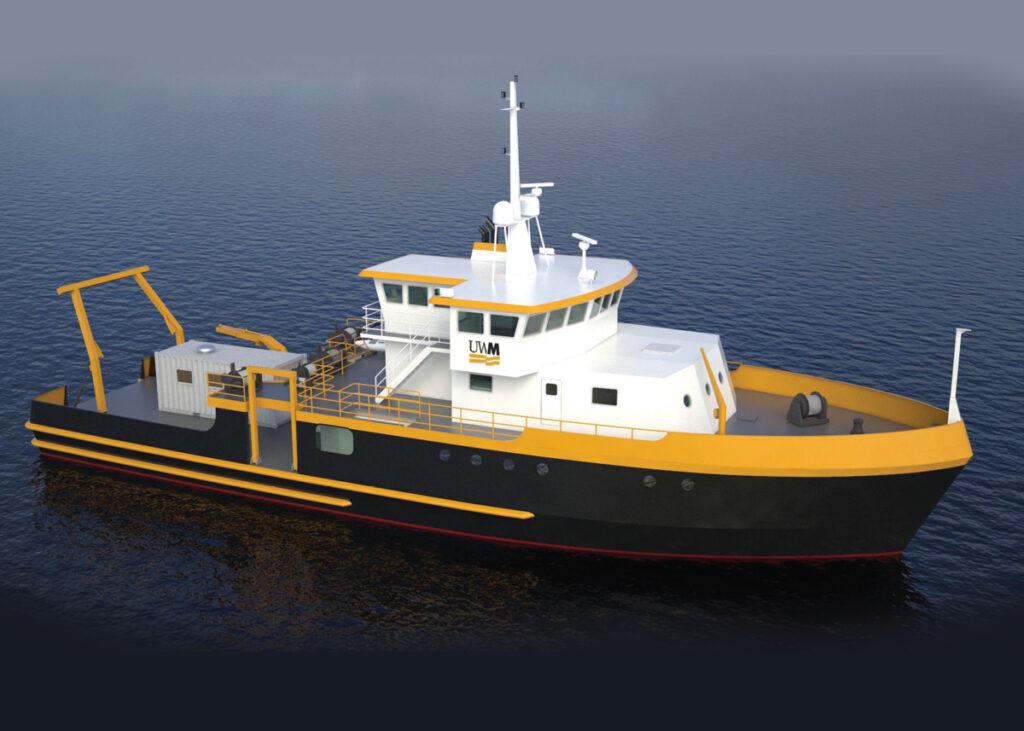
A School of Freshwater Sciences
Located along Lake Michigan, the UWM School of Freshwater Sciences is committed to studying the Great Lakes and other freshwater resources to aid in their protection and train the next generation of leaders to innovate water solutions. Since 1966, researchers have studied contaminants and pathogens in our waters, fisheries and aquaculture, invasive species and more. The school’s research vessel, the Neeskay, has been integral to that work, but at more than 65 years old, it’s starting to show its age.
That’s why UWM is building the Research Vessel Maggi Sue to help scientists protect the region’s most vital resource. Boasting oceanographic-level tools, the Maggi Sue is poised to be the most sophisticated floating research platform on the Great Lakes.
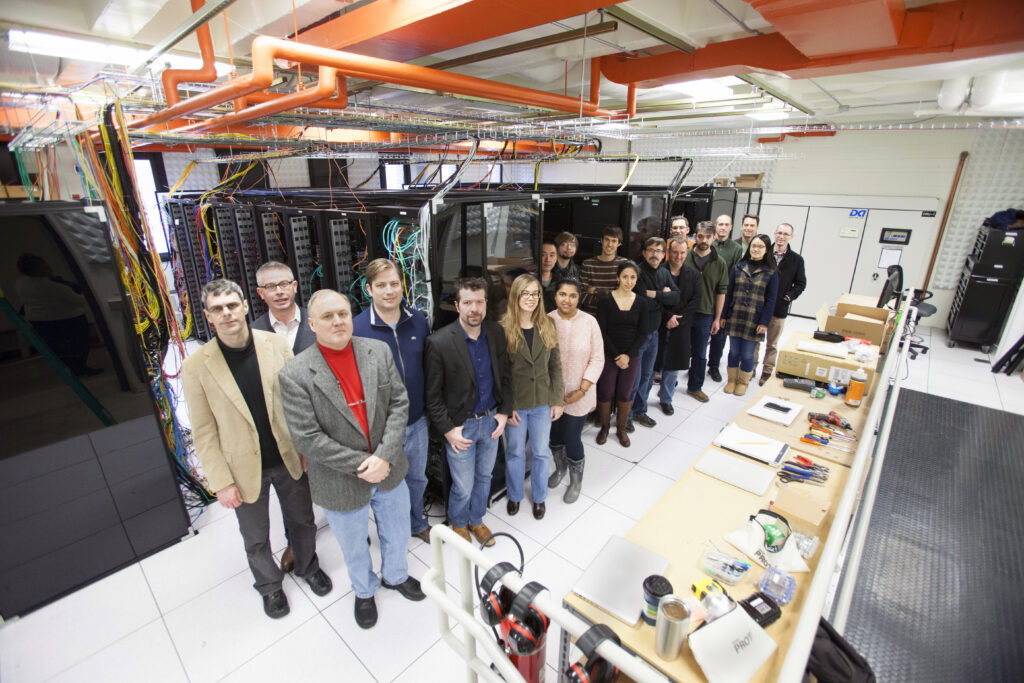
Discoveries in Gravitational Waves
In 1916, as part of his general theory of relativity, Albert Einstein predicted the existence of gravitational waves that ripple through the fabric of space-time when galaxies merge. UWM researchers have repeatedly helped confirm Einstein’s prediction — and fueled breakthroughs in the science of gravitational waves, shedding light on the formation of the universe itself.
In 2015, UWM physicists were pivotal in detecting gravitational waves from the collision of two black holes for the first time. (That discovery, a collaboration among 1,000 scientists across the globe, including the UWM team, was awarded the 2017 Nobel Prize in Physics.)
More recently, in 2023, UWM scientists sent another shockwave through the scientific community: As part of a collaboration of scientists in the U.S. and Canada, they announced compelling evidence for low frequency gravitational waves that collectively create a constant “hum” across the universe.

